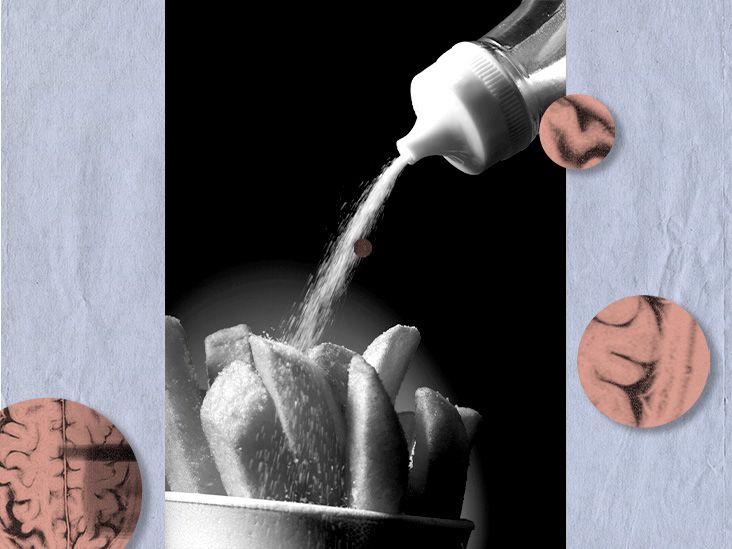Some research suggests a possible link between Ehlers-Danlos syndrome (EDS) and ankylosing spondylitis (AS). This link may relate to the presence of the HLA-B27 gene.
EDS is a rare genetic condition that affects connective tissue. AS is a form of arthritis that causes inflammation in the spine.
This article looks at the possible link between EDS and AS. It also looks at the types and symptoms of EDS, as well as treatments for both conditions.
There may be links between hypermobile EDS (HEDS), the most common type of EDS, and AS.
Research suggests that the presence of the HLA-B27 gene increases a person’s risk of developing AS.
A 2017 study looked at the number of people with HEDS who tested positive for the HLA-B27 gene. It concluded that 24% of the people in the study with HEDS tested positive for HLA-B27. The study authors state that the prevalence of HLA-B27 in the general population in the United States is 6.1%.
People with the HLA-B27 gene do not always develop AS. However, they have an increased risk of developing the condition.
This suggests there may be a link between HEDS and AS, as the gene can be present in people with both conditions.
EDS occurs due to mutations in genes that
People may inherit these genetic mutations from one biological parent or both parents.
However, there is also evidence that some people experience spontaneous mutations that they did not inherit.
There are
HEDS is the most common type of EDS. Common symptoms of HEDS include:
- joint pain
- hypermobile joints
- joints that are unstable
- easy bruising
- extreme fatigue
- increased heart rate and dizziness after standing
- heartburn
- constipation
- urinary incontinence
If a person with AS experiences these symptoms, they could have EDS. However, the symptoms are nonspecific and may happen due to other causes.
It is best to contact a doctor for an accurate diagnosis if a person develops new or worsening symptoms.
Learn about EDS and hip pain.
There is no specific treatment for EDS. There is also
In some cases, the approach for managing EDS may be the same as AS.
For example, a doctor may recommend physical therapy, which may help a person with EDS or AS do the following:
- strengthen joints
- relieve or reduce pain
- avoid injuries
Other treatments for managing these two conditions may differ.
Treatments for EDS
Other treatments for managing EDS may include occupational therapy. An occupational therapist (OT) can help a person with EDS manage their daily activities.
An OT may also be able to give the person advice on managing their condition and provide assistive equipment.
A person with EDS may also benefit from counselling and cognitive behavioural therapy (CBT).
Treatments for AS
Other treatments for managing AS may include:
- over-the-counter anti-inflammatory medications to reduce inflammation and relieve pain
- biologic medications for targeting and interrupting immune messages that may cause inflammation
- corticosteroids to reduce inflammation and relieve pain
- janus kinase (JAK) inhibitors to reduce inflammation
- joint repair or replacement surgery
Learn more about treatments for AS.
Other conditions that may relate to EDS
Ehlers-Danlos syndrome (EDS) is a rare genetic disorder affecting connective tissue. Ankylosing spondylitis (AS) is a form of inflammatory arthritis that mostly affects the spine. Research indicates a possible link between EDS and AS.
EDS results from genetic mutations that affect collagen, leading to symptoms such as hypermobile joints, fatigue, and frequent bruising.
Currently, there is no cure for AS or EDS. However, a doctor may recommend physical therapy to help manage symptoms of both conditions. Medications and other treatments may also help.


